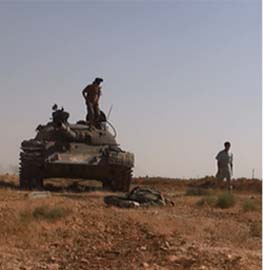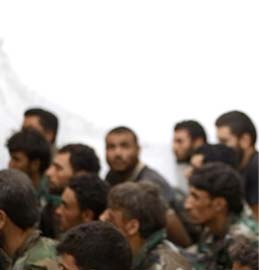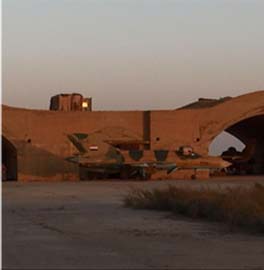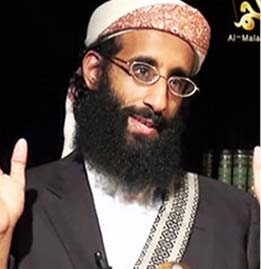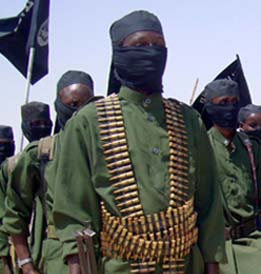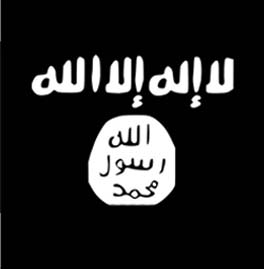
Tehran seized on the funeral of former Hezbollah Secretary-General Hassan Nasrallah as a stage to reaffirm its steadfast commitment to revitalizing its Lebanese proxy and potentially escalating its attacks against Israel.
Nasrallah’s funeral took place on February 23, nearly five months after an Israeli airstrike on Hezbollah’s headquarters in Beirut’s Dahia neighborhood killed the Hezbollah leader. Iranian officials, ranging from representatives of the Islamic Revolutionary Guard Corps (IRGC) to the civilian government, used the occasion to pledge Hezbollah’s resurgence, vowing to restore the group’s military capabilities and sustain its campaign against Israel.
In a statement released on February 23, Islamic Republic Supreme Leader Ali Khamenei vowed to continue “resistance” until “the desired goal is reached,” alluding to the regime’s core objective of eliminating Israel.
Beyond the official Iranian funeral delegation led by the foreign ministry, Khamenei dispatched his own envoys to Lebanon, including Mohammad Hassan Akhtari, Mohsen Ghomi, Seyyed Mojtaba Hosseini, and Seyyed Reza Taghavi. Sheikh Mohammad Yazbek, Khamenei’s representative to Lebanon and a Hezbollah cofounder, presided over the funeral’s religious morning ceremony.
The IRGC’s official statement on February 23 echoed Khamenei’s rhetoric. “Hezbollah is alive, and that resistance is ongoing,” it declared. Reaffirming the regime’s anti-Israel doctrine, the statement claimed that “the Axis of Resistance” would seize Jerusalem and “liberate the Islamic lands” through the followers of “Nasrallah, Yahya Sinwar, and Qassem Soleimani.”
IRGC Deputy Commander Brigadier General Ali Fadavi attended the funeral in Beirut as part of the official delegation. Asked whether the regime would launch a third major military operation against Israel (“True Promise 3”), he responded, “The timing (of the operation) is in our hands; we will execute it at the best possible time.” The True Promise operations refer to the ballistic missile attacks Iran launched against Israel in April and October 2024.
Leading the official delegation from Tehran, Foreign Minister Abbas Araghchi reinforced the threats: “The world will know that the resistance is alive and that Hezbollah is alive.” He added that the so-called “Axis of Resistance,” Iran’s collection of proxies, would soon “achieve the final victory,” again hinting at Israel’s destruction.
Also present was IRGC member and Parliament Speaker Mohammad Bagher Ghalibaf, who met with Lebanese Prime Minister Nawaf Salam. Ghalibaf emphasized Iran’s readiness to “help with the reconstruction process” in Lebanon after the war between Israel and Hezbollah. Regime officials had previously hailed the November 2024 ceasefire between Hezbollah and Israel as an opportunity to rearm their proxy and restore its damaged infrastructure.
Absent from the Tehran delegation was Islamic Republic President Masoud Pezeshkian. Iranian media reported that Lebanon’s government had not invited him to the funeral. Instead, he participated in a memorial ceremony in Tehran, where he declared, “Hezbollah is still alive.” Pezeshkian later reaffirmed Iran’s commitment to the group in a post on X: “We are true to the promise we made.”
Lebanon’s decision to exclude Pezeshkian highlights growing tensions between Lebanese and Iranian officials. During a meeting with Ghalibaf, Lebanese President Joseph Aoun voiced his frustration with Tehran’s role in dragging Lebanon into a war with Israel, stating, “Lebanon has grown tired of the wars of others on its land.” A week earlier, Lebanese aviation authorities refused to permit an Iranian flight to land at Beirut-Rafic Hariri International Airport—an issue Tehran raised during bilateral talks.
In conjunction with its ballistic missile and nuclear programs, the Islamic Republic’s proxy doctrine serves as a third pillar of its deterrence strategy against Israel and the United States. Though not a new strategy, Tehran’s staunch commitment to rebuilding Hezbollah’s capabilities signals its anticipation of a renewed escalation with Israel.
In response to Iran’s October 2024 ballistic missile assault, “True Promise 2,” the Israeli Defense Forces (IDF) struck 20 targets within Iranian territory. Although the IDF did not disclose specific details, open-source analysis suggests the air raids targeted the regime’s ballistic missile production and stockpile facilities, along with Russian-supplied S-300 air-defense systems positioned near its nuclear sites.
Humiliated by the crippling blow to its missile arsenal and the collapse of its Syrian ally in the Bashar al Assad regime, Tehran has yet to retaliate against Israel. With Washington’s revival of a maximum pressure campaign against Iran and Tehran’s mounting losses on multiple fronts, the Islamic Republic may seek to restore its image by reigniting the proxy war that has remained largely dormant since early 2025.

